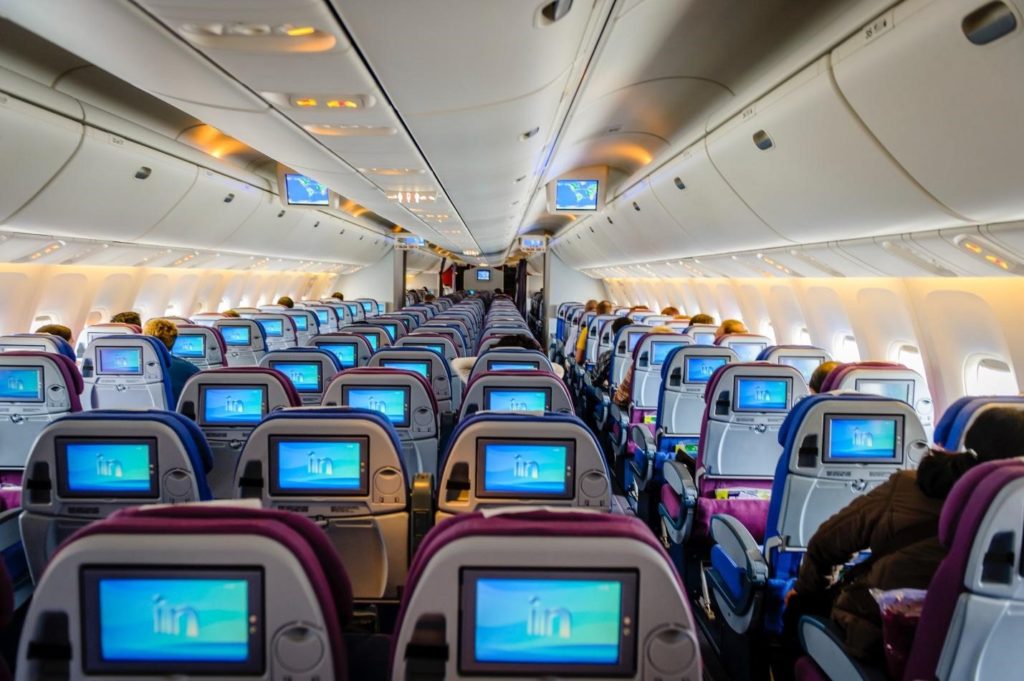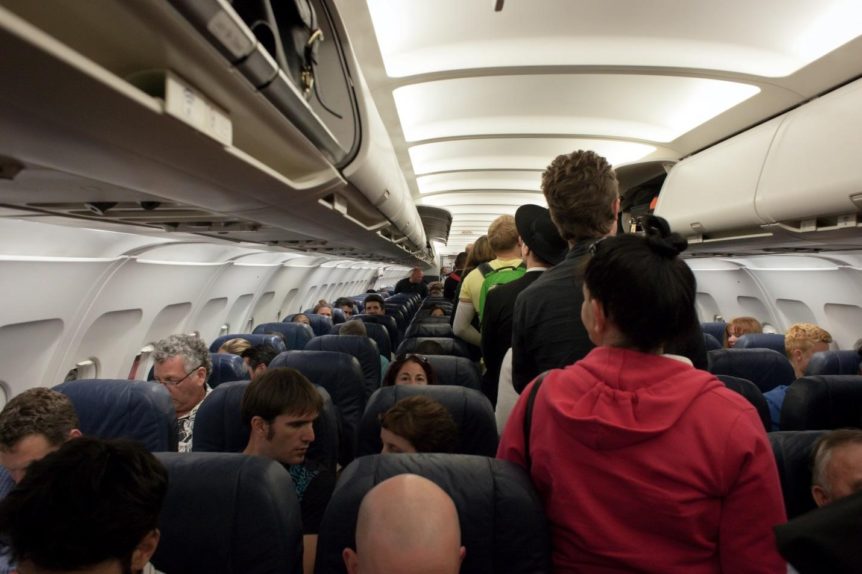At the onset of the coronavirus pandemic, the majority of international flights were suspended. Nonetheless, some airlines were offering sporadic international services known as repatriation flights. At the time, tens of thousands of American citizens stranded in 100+ countries were brought home.
What is a repatriation flight, and how do they work? Here’s everything you need to know.
What Is Repatriation
The term’s broad definition is the process of returning an individual (forcibly or otherwise) or an item or asset of symbolic significance to their place of citizenship or origin, respectively. The US Repatriation Program was created to assist US citizens and their dependents in foreign countries in need of repatriation.
Repatriation flights are special flights organized by the Bureau of Consular Affairs – an agency within the US Department of State – for American citizens who cannot catch a flight home due to prevailing circumstances that may lead to the cessation of international commercial flights.
Repatriation flights are organized as a last resort. This means that a US citizen abroad must first check for any available flights on the existing airline schedules. If there are, they’ll need to book a flight on them to get home. If there aren’t, the government may organize special charter flights to bring them home.
It’s important to mention that repatriation flights are only available to US citizens or individuals with permanent residency status in the form of point-to-point flights. Upon arrival to the country, individuals will have to make arrangements for transportation to their respective homes.
For instance, suppose you have been repatriated from Mexico, and the chartered flight touches down in Dallas, TX. If you live in New Orleans, you will need to get a different flight from Dallas to New Orleans to get to your hometown.
How to Find a Repatriation Flight
US citizens and permanent residents must sign up for the Smart Traveler Enrolment Program (STEP). That way, you can receive up-to-date information from the US Embassy about these flights. It’s also a good idea to follow the Department of State and consular offices on social media to receive real-time notifications.
Repatriation flights tend to fill up fast. Keeping track of their schedule is an entirely different process compared to regular routes. The State Department charters aircraft from the major US carriers like American, United, and Delta. Other airlines generally add repatriation flights based on the demand at the time.
The flight reservation process may vary depending on the number of Americans that need to fly home, as well as the country they’re in. In most cases, they’re required to complete an online registration form available on the State Department’s website to reserve a seat on one of the limited repatriation flights. Higher priority is usually accorded to vulnerable individuals.
Once approved, passengers are notified via email and have a set duration to respond if they wish to travel.
Cost of Repatriation Flights

The cost of a repatriation flight varies depending on the chartered airline and the country the individual is in. One thing is for sure, though – these flights aren’t exactly cheap. Costs may run upwards of $1,500-$2,500 per passenger, especially for long-haul flights.
The 2020 chartered flights organized to repatriate US citizens stuck in India at the height of the coronavirus pandemic cost approximately $2,500 per person.
Why are repatriation flights so expensive, you might ask?
For starters, the inbound flight will likely be ferrying very few (if any) passengers. As a result, the cost of the round-trip journey is passed to the repatriated passengers, even though they’re flying one way. The onboard crew’s staff wages and the airline’s landing rights may also be higher than usual if the airports and borders are officially closed. All these are factored into the cost of each ticket.
In many cases, a passenger may not know how much the flight will cost until they’re about to board. If you’re eager to get back home, and the flight price doesn’t factor into your decision, repatriation loans from the State Department are available for just that purpose. You may have to sign an agreement beforehand. Once you arrive safely in the US, the government will put your passport on hold until you’ve fully repaid the loan.
Repatriation Examples
The most recognized form of repatriation was what took place in 2020 in the throes of the pandemic. Tens of thousands of Americans were stranded abroad with no way of getting home. Many governments worldwide closed their borders and canceled all international flights. Repatriation became the only means to get home.
Other types of repatriation include:
Medical Repatriation
If a foreign national visiting the country on a visa falls ill, their insurance policy may not apply in the United States, especially if their country of origin provides universal health coverage.
In such cases, hospitals are faced with one of three options:
- Offer the patient emergency care as detailed by the provisions of the Emergency Medical Treatment and Active Labor Act (EMTALA)
- Offer medical treatment at a reduced rate or provide charity care
- Medical repatriation of the patient to their home country where they can get medical care under their insurance policy
Repatriation of Remains
Medical evacuation and repatriation insurance policies are designed to fill in the gaps left by healthcare plans that offer limited benefits. They offer four core benefits to US citizens abroad, as well as foreign nationals in the US.
- Travel assistance services: For lost travel documents, translation, prescription replacement, and more.
- Emergency medical evacuation: For evacuation to the closest qualified medical facility, not necessarily to a hospital in your home country.
- Emergency reunion: To transport a friend or family member to be by your side while you receive medical care.
- Repatriation of remains: To cover the costs of flying your body to your home country in case of your demise abroad.
Art/Cultural Repatriation
This refers to the return of works of art or cultural artifacts to their country of origin. More often than not, art or cultural repatriation usually applies to ancient art. In other instances, it may also refer to returning stolen material to its rightful owner(s) or heir(s).
The Bottom Line
The government, through the State Department, organizes repatriation flights during times of international crisis. It often applies to military personnel, expatriates, migrants, international officials, and diplomatic envoys. More recently, it applied to all US citizens stranded abroad when international borders shut down during the COVID-19 outbreak.
Are you currently dealing with a legal issue? Chat online with a Laws101 attorney right now.
